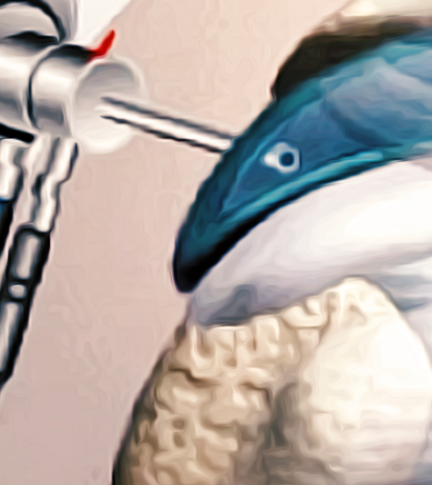
The most common joint replacement surgeries are knee and hip. Shoulder replacements are considered to be one of the less common replacement surgeries, but it is still just as successful in relieving shoulder and joint pain.
The shoulder is an intricate ball-and-socket joint that is responsible for the full movement of the arm. Due to it offering a wide range of motion, the shoulder can be very vulnerable to injury. There are three major bones that meet in the shoulder and create a 90-degree angle. These are the collarbone (clavicle), the shoulder blade (scapula) and the largest bone in the arm; the humerus. If any of these bones break they require their own method of repair, such as a clavicle fracture fixation. Melbourne has clinics that are renowned for these procedures.
If a patient is experiencing pain between the worn humeral head and the shoulder blade socket, a shoulder joint replacement will replace these parts with a new bearing surface that will help remove the arthritic pain. This surgery will always be performed under sterile conditions in an operating theatre with general anaesthesia. In order to perform a shoulder replacement (arthroplasty), Melbourne surgeons need to make an incision in the affected shoulder to expose the shoulder joint. The humerus is then separated from the glenoid socket of the scapula. The surgeon will cut off the arthritic humeral head and prepare the humeral stem. Following this, the glenoid component of the shoulder is pressed into the socket.
Similarly to any other major surgery, there are potential risks that need to be weighed up. After considering the risks, many patients still go ahead with the procedure due to the advantages outweighing the potential disadvantages. A good surgeon will always ensure that a patient is well-aware of the potential risks of surgery, prior to the surgery taking place. Complications associated with this surgery can be medical or specific to the shoulder. Medical complications can either be associated with your general wellbeing or in association with your anesthetic. Other instances may include blood loss requiring transfusion, heart attacks, strokes, and kidney failure.